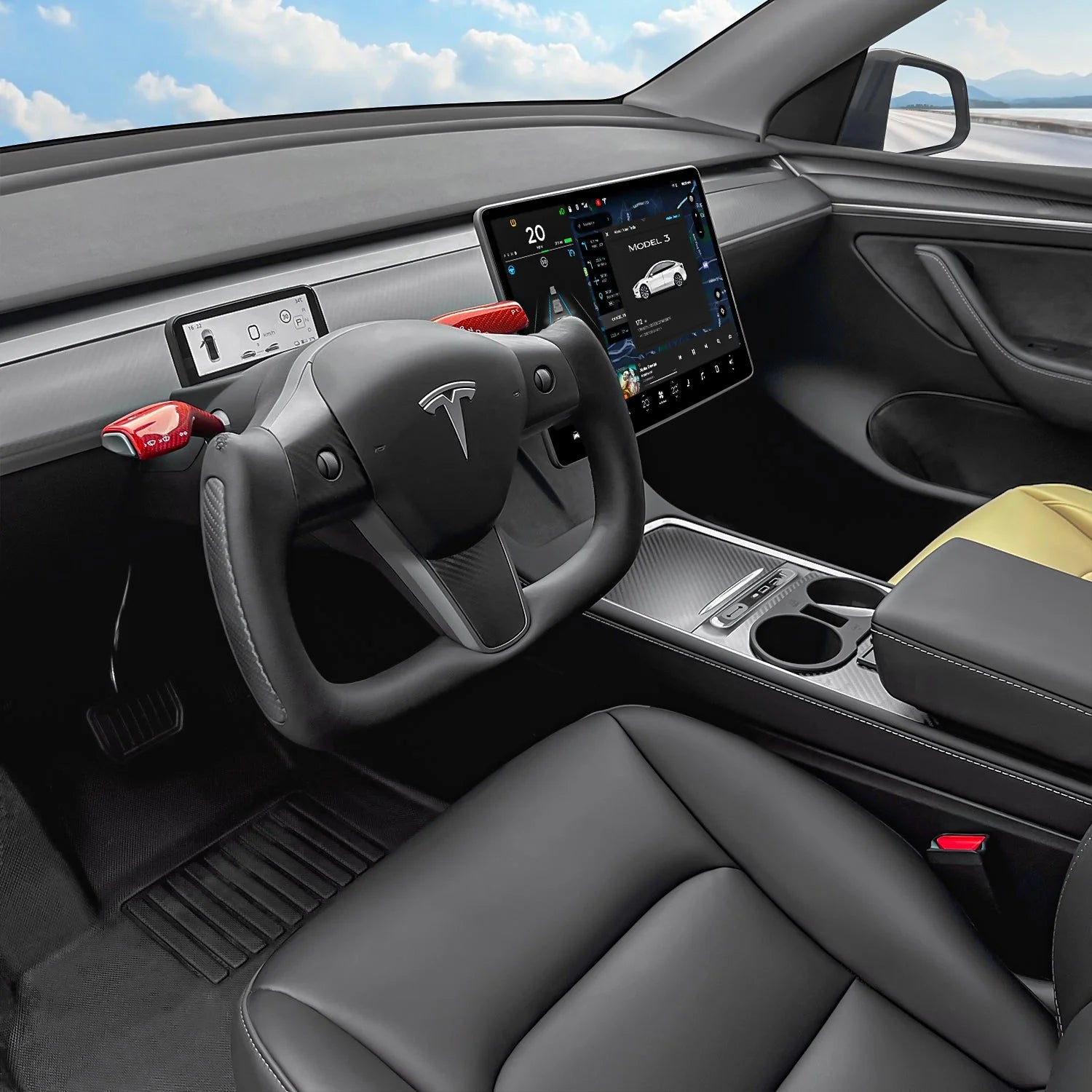Still puzzling over how to use Public EV chargers? It is really quite a generic concern amongst new electric vehicle owners. You may be finding it a bit daunting the whole affair of the types of chargers, payment means, and locations.
But don't worry! This guide is here to help. We're going to break down the process into simple steps, so the next time you need to charge up, you can do so confidently from anywhere.
So, let's get going.
Public EV Charging
But before getting straight into what it takes to use public EV chargers, let's understand first what they are.
Public EV chargers, well, they are the stations for electric vehicle owners to recharge their cars outside their houses. These have been installed in various places, which include shopping centers, parking lots, on highways, and in the urban setups with various locations to find easy access while on the move.
Public EV chargers usually come in three main categories: Level 1, Level 2, and DC Fast Chargers. A Level 1 charger is the slowest, typically allowing about 2 to 5 miles of range per hour charged (up to 3.6 kW). They are often found in residential settings and use a standard household outlet (120 volts).
Fast Level 2 chargers can usually deliver something in the range of 10 to 60 miles per hour, depending on the electric vehicle and the specific charger. Because they use a 240-volt outlet, they are commonly found in more public places like parking lots, workplaces, and commercial buildings. Their power range from 7 kW to 22 kW.
Lastly, DC Fast Chargers are by far the fastest option, capable of delivering approximately 60 to 80% of a charge in only 20 to 30 minutes—ideal for those longer trips and quick top-ups. The chargers actually provide direct current (DC) power and are usually situated along highways and major travel routes.
With this understanding now about what public EV chargers are and their types available, let's ponder how to go about using these chargers effectively.
How to Use Public EV Charging Stations?
Here's how to utilize one of these public EV charging stations effectively.
Use a Charging Cable
Just ensure that, as you start, you got the right cable for charging for your vehicle. For the case of AC charging stations, you need to use your own cable as most stations there are cable-agnostic. People in Europe use a Type 2 EV cable, while North Americans use the Type 1.
On the other hand, with DC fast chargers, these come with their attached cables and hence would not need one to use their own.
Connect the Car and the Charging Cable
The next stage is to find the right place to charge the car and then park within reach of the charging point. Once your car is now within reach of a charging point, open the charging port on your EV and plug in the cable, ensuring that it's in place.
Make sure the contact point is strong enough so that no anomalies are detected in the charging process at any point during the delivery.
Start Charging
Charge start once the cable is firmly plugged in. This process may vary depending on the location and its charging business and payment model. Then, in many stations, you may need a smartphone app, an RFID card, or a touchscreen interface, among others. This is where you would need to follow instructions at the site in order to charge your EV.
End the Charging Station when Ready
Once an electric vehicle is topped up to your level of choice, or when you are ready to go ahead on the road again, stop the charging. Of course, the specific way you stop the charging session would depend on which station you use. Follow the directions provided through the station interface or with the respective means (app, RFID card, etc.) to stop the charge session and properly unplug from the car. The common sequence is the following: stop the charging process via the app/station, unplug the cable, close the charging port door and you are good to go.
So, by following these simple steps, you actually use public EV charging stations for whenever and wherever you need to have a charge for your electric vehicle. Now, you must be having questions in your mind. Let's discuss those in detail.
How Does Public EV Charging Work?
Public EV charging is a facility for people using electric vehicles. In this, energy refilling stations are installed with equipment to supply electrical energy into the vehicle's battery, thus recharging the vehicle's energy capacities.
It actually depends on the type of the charger and the compatibility of it with your vehicle. The charge time might be anything from a couple of minutes to hours.
How to Pay for Public EV Charging?
Public EV charging is charged on the basis of the provider or operator of the charging station. Most of the chargers are paid. In this case, the payment can be done through mobile apps, RFID cards and subscription programs, as well as through the means of credit and debit cards.
Some will be through membership-based charging networks, and others may offer pay-as-you-go options. It is, therefore important that you understand the payment process on the charging stations that you will be using so that you don't get thrown off with regards to how to make your payments.
How Long Does It Take to Charge in Public Stations?
The amount of time for public charging depends on several features, such as different charger types, your vehicle's battery capacity, and its remaining charge level.
Level 1 chargers are the slowest, taking a whole overnight to charge the battery up fully, while Level 2 chargers offer faster charging times to do the same thing, from a few hours to several hours.
DC fast chargers are the quickest chargers, and an adequate level of charge can be reached in between 20 and 30 minutes. However, it has to be noted that the charging time can vary with regard to some variables and the charging station's capability.
Understanding these aspects of public EV charging will help you navigate the process more confidently and efficiently.




